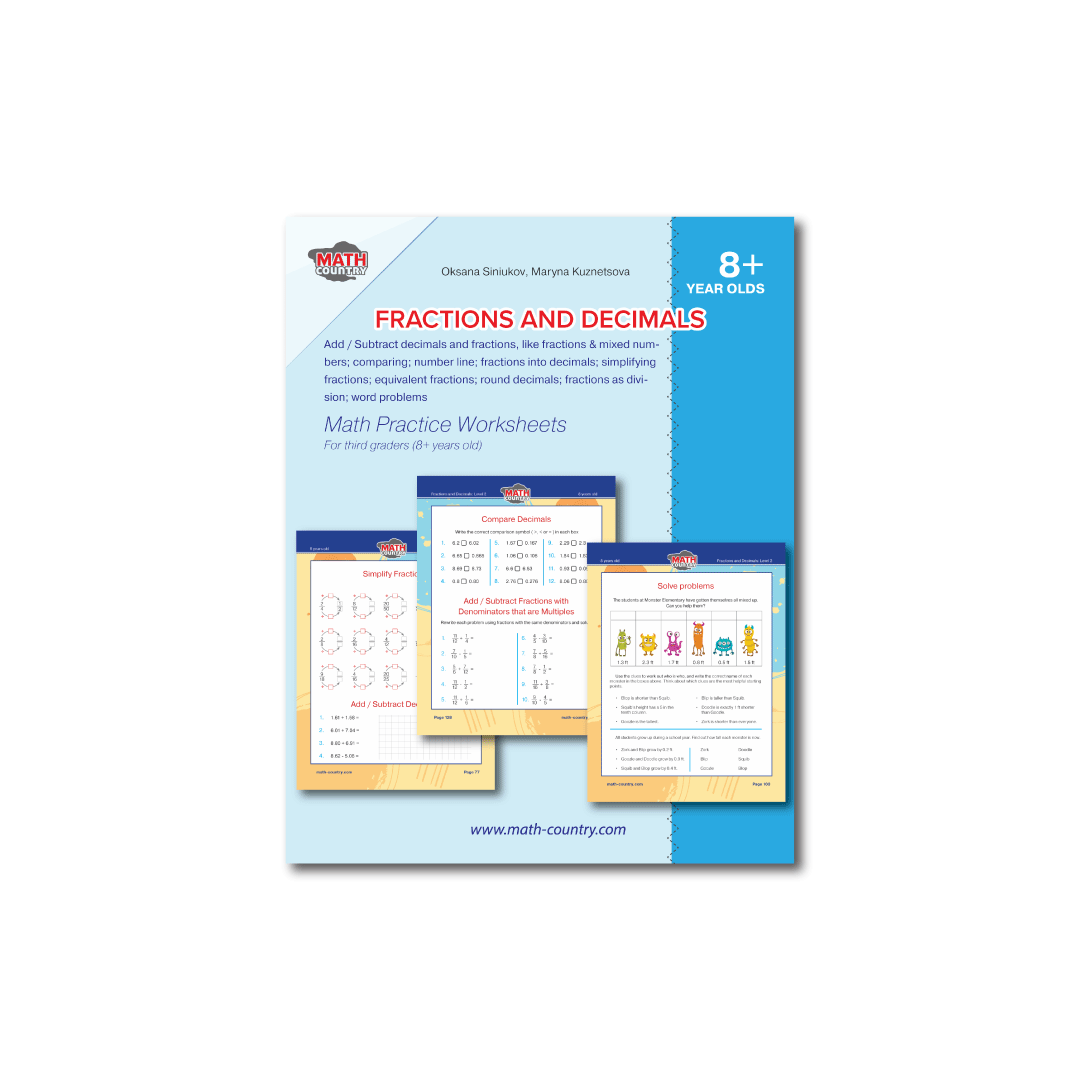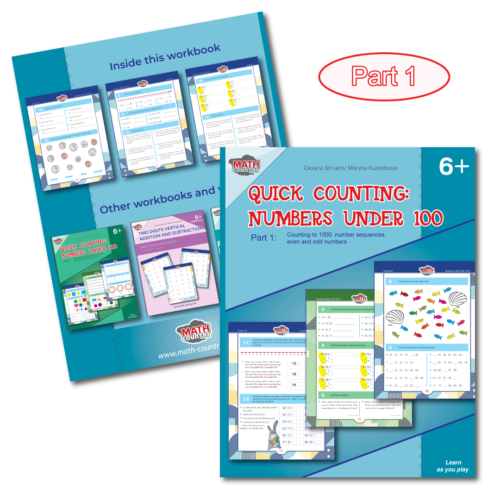Author
Math Country
Share
Author
Math Country
Share
Add Fractions with Unlike Denominators
Fractions, with their numerator and denominator, can be a breeze to work with. When two fractions share the same number in the denominator, it’s a common, or like, denominator. Adding these fractions is straightforward: add all the numerators together! The resulting fraction will always retain the original common denominator, so your focus is solely on the numbers above the line. The same ease applies to subtracting fractions with common denominators. Even when the fractions have different denominators, they can still be added or subtracted once a common denominator is found. This practical concept is used in many real-life situations, making learning engaging.

Locate Denominators
Fractions do not always have the same denominators. You must first find a common denominator to add or subtract unlike fractions. To begin, find the denominators in the fractions you’re dealing with.
- For example, in the formula 5/8 + 6/9, the denominators are 8 and 9.

Establish the Least Common Multiple
Locate the least common multiple of both denominators to discover a common denominator. The smallest positive number would be a multiple of both initial numbers. To find the least common multiple of 8 and 9, you should initially look through the multiples of each number:
- The multiples of 8 are: 8, 16, 24, 32, 40, 48, 56, 64, 72, 80, 88, 96, 104, and so on.
- The multiples of 9 are: 9, 18, 27, 36, 45, 54, 63, 72, 81, 90, 99, 108, and so on.
- The least common multiple of numbers 8 and 9 is 72.

Find Equivalent Fractions with New Denominator
Multiply each denominator by the appropriate number to achieve the common denominator. Remember that what you do to the denominator must do to its numerator.
- For the fraction 5/8, to find the common denominator of 72, you need to multiply 8 x 9. Therefore, you must multiply the numerator by 9, presenting you 5 x 9 = 45
- For the fraction 6/9, to find the common denominator of 72, you multiply 9 x 8. Therefore, you have to also multiply the numerator by 8, giving you 6 x 8 = 48

Use Equivalent Fractions to Solve the Problem
A new fraction will have the common denominator as well as the product of the numerators multiplied by the same values:
- The fraction 5/8 ends up being 45/72, and the fraction 6/9 becomes 48/72
- Because they now have a common denominator, you can add the fractions 45/72 + 48/72 = 93/72.
- Don’t forget to reduce, solve, or transform improper fractions to mixed numbers when applicable and also necessary.
Too complicated? Read here to find out How to Add Fractions with the Same Denominators.
Practice adding and subtracting fractions with Fractions Worksheets grades 2-3
Solve real-life fractions word problems with Fractions, Time, and Logic Worksheets for grades 2-3
Stay in the loop







